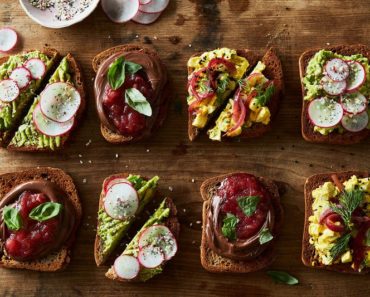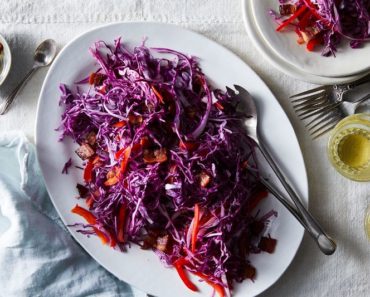Our Cookbook Club has been making its way through Samin Nosrat’s Salt, Fat, Acid, Heat since the beginning of September. To master the elements of good cooking with her, we’re learning her four lessons one element at a time. Last week, we covered acid and this week we’re moving on to heat.
Read on to take in this week’s lessons also check out how we’ve applied the acid lessons to our dishes.
lessons on heat
Earlier this year we held a Kitchen Confidence Camp and worked through the four essential elements of cooking found in Nosrat’s book, along with writer Caroline Lange. This week, we’re revisiting the lessons on heat, so you can participate in the Club even if you don’t have a copy of Nosrat’s book.
For starters, Nosrat makes a case for gentler cooking methods. A sizzling pan might sound enticing, but we’d all be well-served to do more poaching, steaming, and braising:
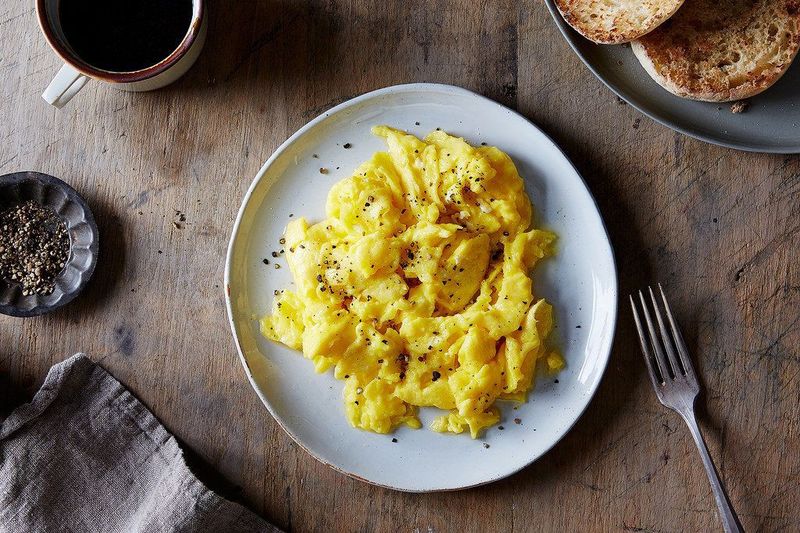
by Caroline Lange

by Caroline Lange
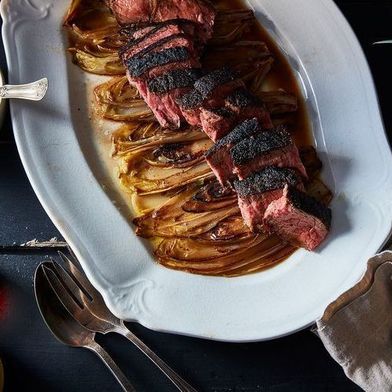
by Caroline Lange
acid learnings
Last week’s lessons were on acid, and we’ve learned that there’s a lot more to acid than just pucker:
Eva Schalbroeck shares how thinking about salt and acid can change a salad (below left) for the better:
It was very interesting to break down an avocado salad (page 217) into its different elements, see how each one could be best prepared, and then put together in the right order and at the right time to make the perfect salad. I especially liked the idea of balancing the salt and the acid by layering different ingredients. It made me think about why I added certain elements and what I wanted to achieve with them. I, for example, added artichokes rather than capers, as I felt the anchovies already added enough saltiness.

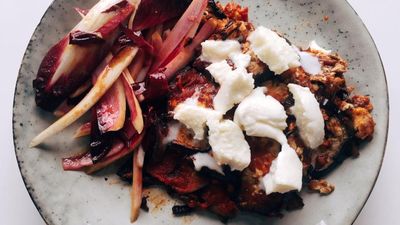
Julia Fabrin Jakobsen put the principles from the book to use when making her eggplant marinara with fresh mozzarella and a radicchio salad (above right):
The bitterness of the radicchio coupled with the acidic dressing cut through the richness of the eggplant, and the milky mozzarella balanced the heat of the tomato sauce. I’m not joking when I say this book has changed my kitchen life!
Jane Tipermas shares how vinegar can balance a dish without overwhelming it:
Samin Nosrat, you’ve done it again! While this [Chicken with Vinegar] ended up being a little more hands-on than I anticipated, the extra effort was absolutely worthwhile. Creamy, tangy, rich—the sauce was perfect for covering rice, and would probably be great over mashed potatoes or pappardelle, too. I used champagne vinegar instead of white wine vinegar, and I’d be interested to see how red wine or even rice wine vinegar would work the next time I make this delicious dish!

Psst: Didn’t know about our Cookbook Club? Head here to get up to speed on how to participate.
(via Food52)



